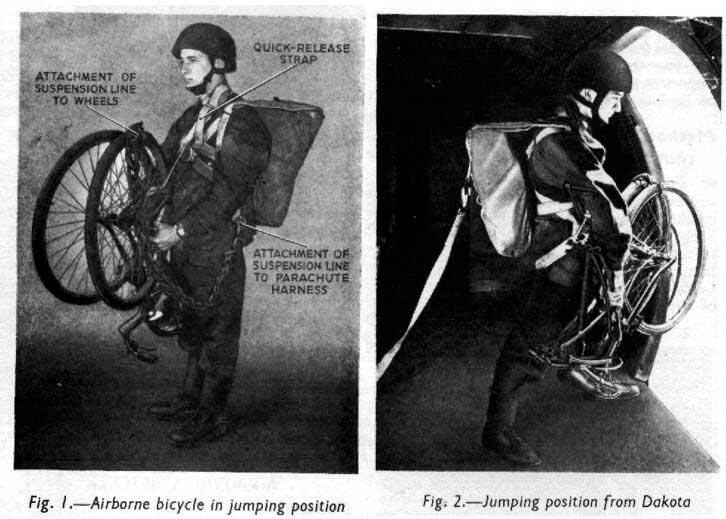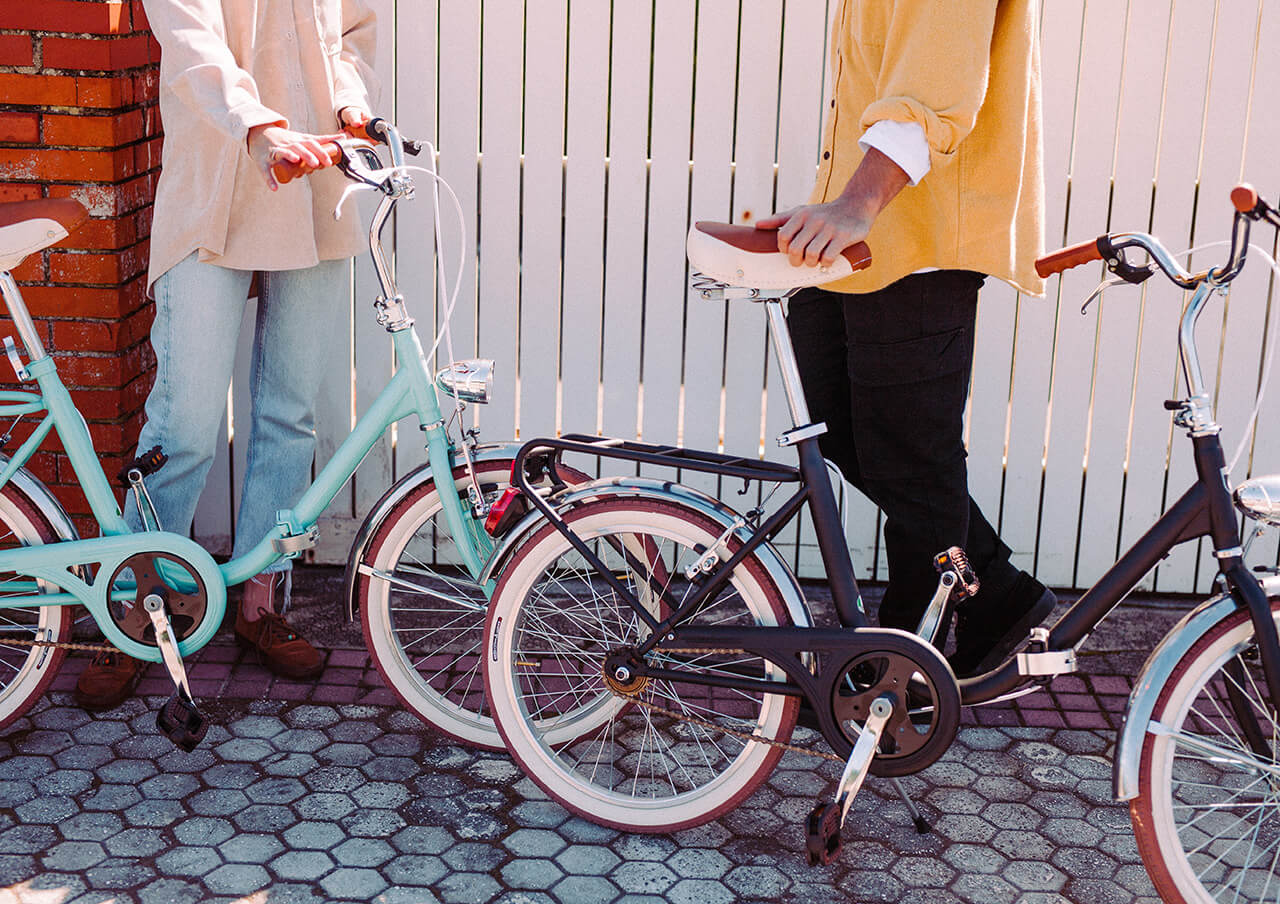History of folding bicycles
Folding bikes have become very popular in recent years. However, its history goes back a long way. Some models were already developed in the 19th century, as we will explain in this article.
Contenidos
The first folding bicycles
The origin of this type of vehicle dates back to England. William Henry James Grout, the first known creator of folding bikes, filed the first patent for his designs in 1878. Despite his efforts, he did not have much success with this prototype. His creation, however, bore little resemblance to the bicycles we enjoy today. It had a large folding front wheel and a detachable frame.

Only nine years later, in 1887, the American Emmit G. Latta patented his own design. This model was already more similar to what we are used to seeing. The aim was to save space for buyers who did not have much room. At the time, the United States was already a prosperous country in the midst of the industrial revolution. As a result, many citizens lived crammed into small flats where every centimetre was crucial.
Unfortunately, Latta sold this patent to Pope Manufacturing Company, an American company that had previously acquired competing businesses. This slowed down the development of the model, and we do not know if it was ever marketed.
Its use in the military
A few years later, following the rise of bicycles as a means of transport, the French army began to introduce folding technology to its soldiers. Thus, the infantry could move quickly into different positions and then easily fold the vehicle. The British army copied this idea and in 1900 began to produce a variant of the bicycle known as the Pedersen bicycle.
This vehicle was very light, weighing less than seven kilos, and had 24-inch wheels, which made it easy to drive on muddy roads and trails. It also had a rifle rack. It was very well received and continued to be used until the Second World War. In fact, the folding capability was highly appreciated by paratroopers, as it took up very little space and could be integrated into their equipment.
The French, on the other hand, after its development in 1890, continued to evolve their folding bikes and in 1895 made it available to the rest of the citizens. However, the factory where they were made did not have the capacity to meet the demand. Indeed, such was its success that even foreign armies began to place orders with the French. And all of this, with a single shop located in Paris.
This whole project came to grief when the French captain in charge of the development of the project sued the owner of the patent to claim more profits. The company had to close down and the patents were acquired by the car manufacturer Peugeot, by Michelin and by the army. From 1899 onwards, it was these companies that began to distribute the new units.
How did the first folding bikes brake?
Although it may seem impossible today, the first models of bicycles did not have brakes, as many of those used by the army did. On hills, the only option was to brake with the feet. Despite this, they were quite safe, as they did not reach a high speed.
In addition, they all had a fixed sprocket. Therefore, the movement of the pedals was always connected to the movement of the rear wheel. If you wanted to slow down, all you had to do was use your legs to slow down the speed of the turn. If its movement was completely stopped, the rear wheel was blocked, which was not very useful as it could lead to accidents.
Loss of users from the 1950s onwards
Lower car costs led more and more families to switch to this technology. Bicycles took a back seat for a few years and the growth of folding models stagnated. Despite this, many manufacturers continued to rely on this technology, particularly in France and Italy.
In 1970, Raleigh marketed the Stowaway model in both the UK and Australia. This bike already had some important new features such as the inclusion of three gears for the gears, as well as a more modern frame.
The folding bicycle today
The armies of various countries continued to use folding bikes for their missions abroad. In recent years, the US has used these vehicles in its deployments to Iraq and Afghanistan.
However, these bicycles are slowly becoming standardised for city use. In fact, more and more manufacturers are competing for lighter and stronger models. It is not for nothing that sales of this type of vehicle are keeping pace. Space is a very important need that influences the final decision.
Main differences
Modern bicycles have many differences from the first units. It is now quite common to have a saddle that can move and adapt to different users. También es habitual contar con modelos de varias velocidades. This evolution is very relevant, as it requires less effort to climb slopes and offers a higher top speed.
Until a few years ago, the only option was a fixed sprocket. It is still possible to find these alternatives, as they are a very easy to maintain option. Another advantage of today’s fixed-gear bikes is their simplicity in handling, as they have a tooth ratio adapted to urban or low-slope environments. Therefore, they are ideal for small slopes or flat areas. They are also lighter and have fewer wearing parts.
As you can see, folding bicycles have been with us for a long time and played a very important role during the two world wars. Armies all over the world used them to move quickly and silently. For the general public, French and British brands have been marketing them for several decades. If you are interested in the world of cycling, enter our online shop and discover our products!


